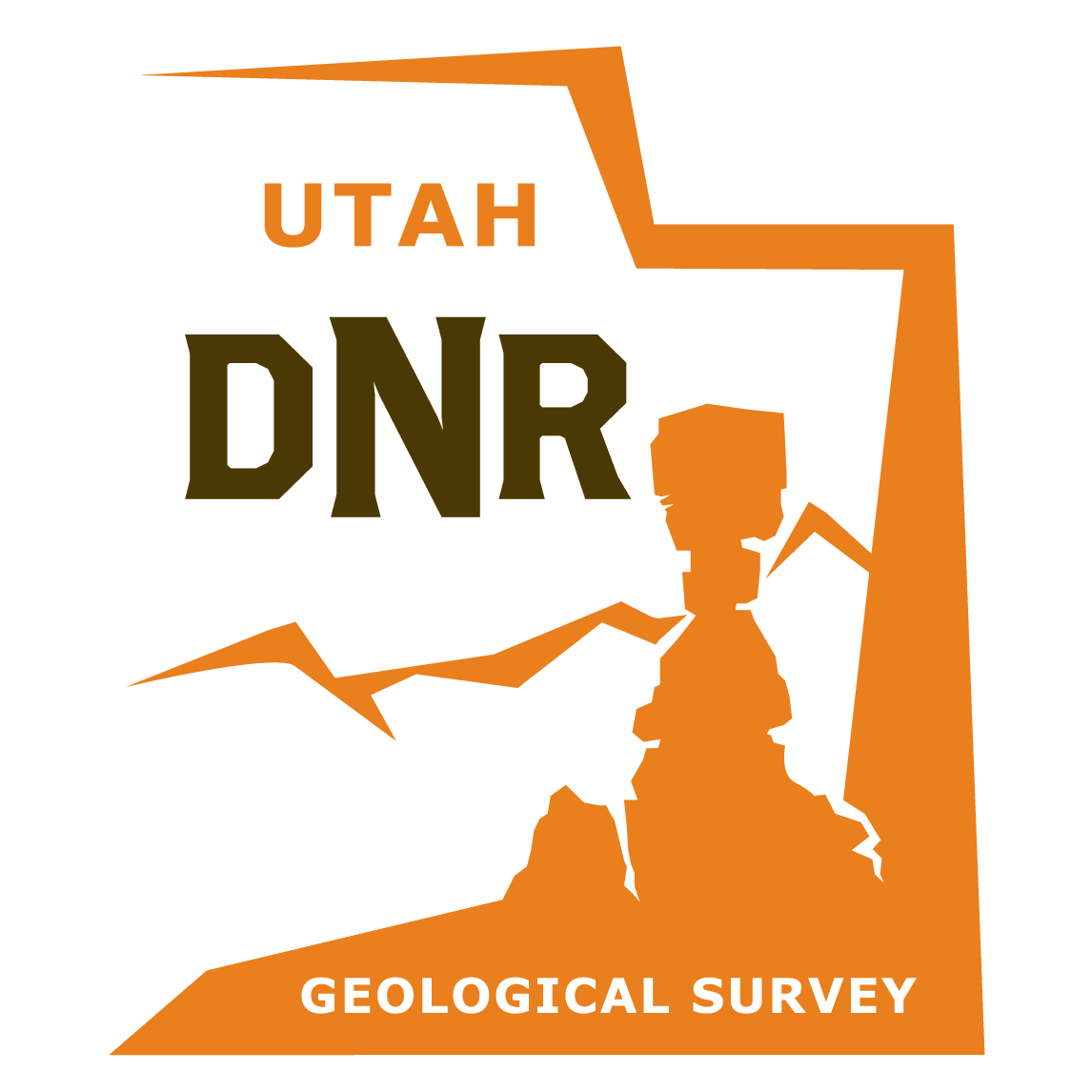deseretnews.com
Over-pumping of groundwater from a deep aquifer in Cedar Valley for the past three decades has caused the ground to sink and crack, inflicting damage on a would-be subdivision and putting future development at risk.
READ MORE
Read further in this article from KCSG Television
Land Subsidence and Earth Fissures in Cedar Valley, Iron County, Utah
kcsg.com
A just-released report from the Utah Geological Survey (UGS) shows the ground has been sinking in some areas around Cedar City for decades. The comprehensive 116-page report presents the results of an investigation of land subsidence and earth fissures in Cedar Valley, Iron County, Utah, primarily due to groundwater pumping. “The sediments in the Cedar Valley that form the groundwater aquifer contain a significant amount of fine-grained silt and clay sediments. Those sediments become compacted when water is removed and the ground begins to sink,” said Tyler Knudsen, UGS project geologist.










